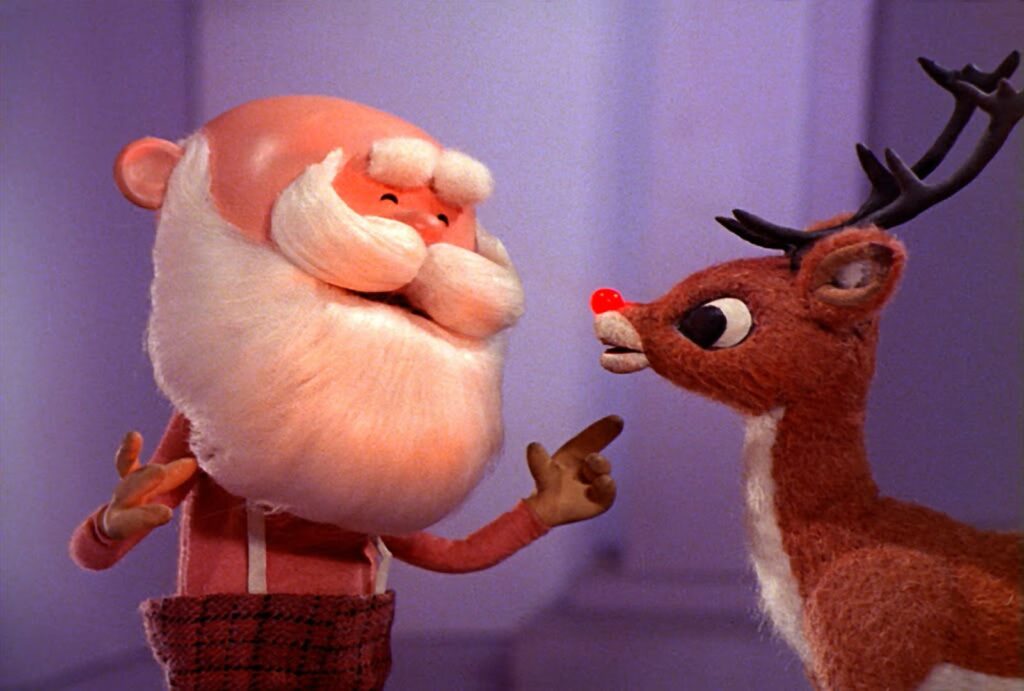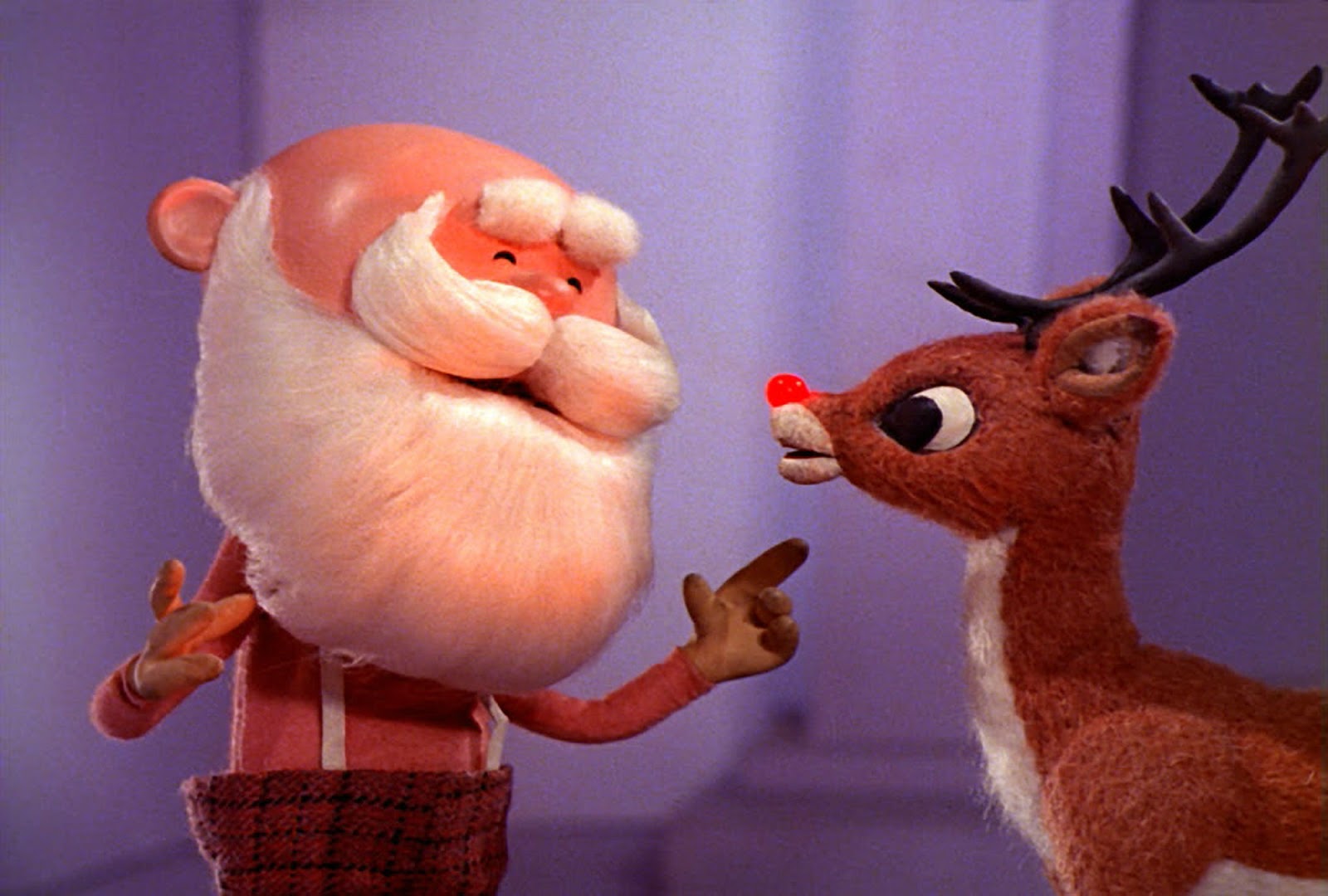
The Enduring Charm of Animated Rudolph Characters: A Deep Dive
For generations, the story of Rudolph the Red-Nosed Reindeer has captivated audiences, particularly through its various animated interpretations. These animated Rudolph characters have become synonymous with the holiday season, embodying themes of acceptance, resilience, and the importance of individuality. This article explores the evolution, impact, and enduring appeal of these beloved figures, delving into their cultural significance and the technical artistry behind their creation.
The Origins of Rudolph: From Story to Screen
Rudolph’s journey began in 1939 as a promotional booklet written by Robert L. May for Montgomery Ward. The story quickly gained popularity, leading to its adaptation into various media, including comic books, records, and, most notably, animated films. The most famous adaptation, the 1964 Rankin/Bass stop-motion animation, solidified Rudolph’s place in pop culture history. This version introduced iconic animated Rudolph characters that are instantly recognizable to this day.
The 1964 Rankin/Bass Production: A Stop-Motion Classic
The Rankin/Bass production is arguably the most influential adaptation of the Rudolph story. Using a technique called “Animagic,” which involves stop-motion animation with poseable figures, the film brought Rudolph and his companions to life in a unique and memorable way. The animated Rudolph characters in this version are characterized by their charming imperfections and expressive features, contributing to the film’s timeless appeal.
- Rudolph: The protagonist, a young reindeer born with a glowing red nose, faces rejection and ridicule before ultimately saving Christmas. His journey of self-acceptance resonates deeply with audiences of all ages.
- Hermey the Elf: An aspiring dentist who dreams of a life beyond toy-making, Hermey represents the importance of pursuing one’s passions, even in the face of societal expectations.
- Yukon Cornelius: A quirky prospector searching for silver and gold, Yukon Cornelius provides comic relief and embodies the spirit of adventure.
- Clarice: Rudolph’s love interest, Clarice sees beyond Rudolph’s physical differences and offers unwavering support.
- The Abominable Snow Monster (Bumble): Initially a menacing antagonist, the Bumble undergoes a transformation, showcasing the potential for redemption and understanding.
Evolution of Animated Rudolph Characters Across Different Media
Following the success of the 1964 special, animated Rudolph characters have appeared in numerous other adaptations, each with its own distinct style and interpretation. These include:
Rudolph the Red-Nosed Reindeer: The Movie (1998)
This animated feature film offers a more contemporary take on the Rudolph story, featuring traditional cel animation and a new cast of characters. While it retains the core themes of the original, it introduces new elements and expands upon Rudolph’s backstory. The animated Rudolph characters here are given more detailed designs and expressive animation.
Computer-Generated Imagery (CGI) Adaptations
In recent years, CGI technology has been used to create new versions of the Rudolph story, offering a more visually polished and modern aesthetic. While these adaptations may lack the nostalgic charm of the stop-motion original, they provide a fresh perspective on the beloved characters and story. These animated Rudolph characters benefit from advanced animation techniques, allowing for more fluid movements and realistic expressions.
The Enduring Appeal and Cultural Impact
The enduring appeal of animated Rudolph characters lies in their relatable struggles and heartwarming triumphs. The story of Rudolph resonates with audiences because it addresses universal themes of acceptance, self-discovery, and the importance of embracing one’s unique qualities. The characters themselves, with their distinct personalities and flaws, feel like friends we’ve known for years. The animated Rudolph characters’ message remains relevant across generations.
Furthermore, the Rankin/Bass special has become a cultural touchstone, broadcast annually during the holiday season. Its catchy songs, memorable scenes, and heartwarming message have made it a beloved tradition for families around the world. The animated Rudolph characters are instantly recognizable and evoke feelings of nostalgia and holiday cheer.
Analyzing the Animation Techniques
The animation techniques used in various Rudolph adaptations play a significant role in shaping the characters’ personalities and overall aesthetic. The stop-motion animation of the 1964 special, for example, gives the animated Rudolph characters a unique charm and tactile quality that is absent in CGI adaptations. The imperfections and slight movements inherent in stop-motion animation add to the characters’ realism and relatability. The creation of these animated Rudolph characters was a painstaking process.
Conversely, CGI animation allows for greater fluidity and detail, enabling animators to create more complex and visually stunning characters. However, some argue that this technology can sometimes detract from the characters’ warmth and charm. Each animation style brings a different flavor to the animated Rudolph characters.
Merchandising and Commercial Success
The popularity of animated Rudolph characters has led to a vast array of merchandise, including toys, books, clothing, and home decor. These products further solidify Rudolph’s place in popular culture and contribute to the ongoing commercial success of the franchise. The animated Rudolph characters have become a lucrative brand, generating millions of dollars in revenue each year. The availability of merchandise featuring animated Rudolph characters ensures their continued presence in the public consciousness.
Criticisms and Controversies
Despite their widespread popularity, animated Rudolph characters have also faced criticism and controversy over the years. Some critics argue that the original Rankin/Bass special promotes bullying and reinforces harmful stereotypes. Others contend that the story’s message of acceptance is undermined by the characters’ initial rejection of Rudolph’s differences. These criticisms, while valid, do not diminish the overall impact and cultural significance of the animated Rudolph characters.
The Future of Animated Rudolph Characters
As technology continues to evolve, it is likely that animated Rudolph characters will continue to be reimagined and reinterpreted for new audiences. Whether through CGI, traditional animation, or other emerging technologies, the story of Rudolph will undoubtedly endure, inspiring future generations with its message of hope and acceptance. The future of animated Rudolph characters looks bright, with endless possibilities for innovation and storytelling. [See also: The History of Christmas Animation]
Conclusion
Animated Rudolph characters have become an integral part of the holiday season, captivating audiences with their heartwarming story and charming personalities. From the stop-motion classic of 1964 to the CGI adaptations of today, these characters have evolved and adapted to changing times, while retaining their core message of acceptance and self-discovery. The enduring appeal of animated Rudolph characters is a testament to the power of storytelling and the importance of embracing our unique qualities. The legacy of these animated Rudolph characters will continue to shine brightly for many years to come.

